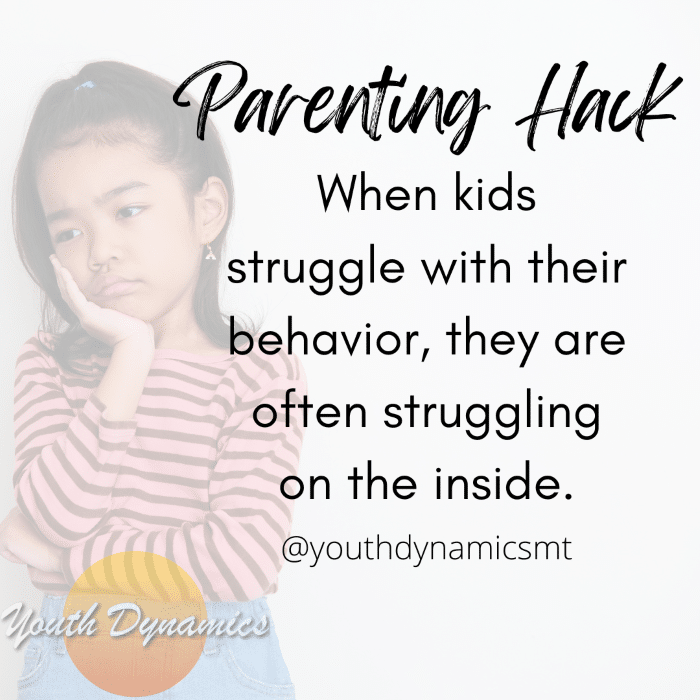Who hasn’t experienced a bit of confusion and even frustration when their kids display challenging behaviors? Behavior that seemingly comes out of nowhere.
Why is my child throwing tantrums, acting out, or refusing to listen?
In these moments, it’s time to put on our detective hats and investigate—there’s always a “why” behind children’s actions.

When we understand the underlying needs driving behaviors, we gain valuable insights—making it easier to address them effectively and navigate difficult moments with empathy.
Unmet Needs, Behavior, & Solutions
Remember, a need met is a challenging behavior solved! Below are possible unmet needs, behaviors stemming from them, and potential solutions.
🤝 Connection
Kids who feel lonely or disconnected may seek attention by interrupting, talking out of turn to connect with others, or acting out negatively.
Pro Tip: Dedicate daily quality time with your little one. Create special rituals, such as reading together before bed or having regular family meals.
📅 Structure
Children who lack structure or routine may struggle with impulsivity or disorganization, leading to problematic behavior.
Pro Tip: Create a predictable daily schedule with regular mealtimes, study or play periods, and a consistent bedtime routine. Use visual cues like charts or calendars to help your child understand and anticipate what comes next.
🛡️ Safety
Kids who don’t feel safe may exhibit clingy or anxious behavior or act aggressively to protect themselves.
Pro Tip: Create a nurturing, physically and emotionally safe environment. Encourage open communication—validating feelings, and reassuring kids when they express worries or concerns.
We foster a trusting relationship by being available, responsive, and supportive.
💪 Autonomy
Children who feel powerless may resist authority by being defiant or oppositional.
Pro Tip: Offer choices within appropriate boundaries, allowing kids to make decisions about their clothing, activities, or chores to give them a sense of control.
Give children age-appropriate responsibilities and recognize their efforts + achievements. And foster a collaborative approach by listening to their perspectives and involving them in problem-solving.
Want More?
Check out the rest of our blog and follow us on social media. You can find us on LinkedIn at Youth Dynamics of Montana, Instagram @youthdynamicsmt, and Facebook at Youth Dynamics of Montana & People of Youth Dynamics.






